Steel, in common parlance is an epithet for strength. So much so, ‘men of steel’ often signifies persons of resilience and physical strength. Likewise, in Steel structures lie the strength of the construction industry.
Steel structures in Civil Construction
What is Steel?
Steel is basically an alloy of two primary elements, Iron and Carbon, with a maximum percentage of 2.1% of the latter. The most commonly used steel in construction is called Mild Steel. It has a maximum carbon percentage of 0.25%. During the past few decades, steel has been the go-to building material, primarily for the reason of its strength. Presence of other elements like Manganese, Chromium, Silicon etc affect the properties of steel.
Steel resists compression, bending and tensile action and is therefore a must in everyday construction. These properties of Steel thereby contribute to its strength and that of the construction. Other areas like cross beams, fitments like doors and windows etc also make extensive use of steel.
Technically, Steel has the highest strength to weight ratio than any other building material. Meaning that a given quantum of steel provides much more strength than similar quantum of any other building material.
This is another reason for preferring Steel structures in construction. Of course, usage of stronger (and expensive) materials like Magnesium or Titanium alloys is not commercially viable in construction.
Why use Steel Structures?
The major advantage of using steel structures is its durability and its resistance to erosion and corrosion. 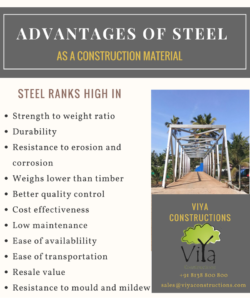
Recent trends in construction point to the usage of pre-fabricated steel structures. This is especially so in cases of industrial and commercial buildings of large sizes. These steel structures are fabricated completely at the factory and are only erected at the site.
The major advantage of prefab steel structures is that of better quality control, as manufacturing is carried out at the factory. Also, the time spent (and thereby the cost) of erection/ construction is drastically reduced when compared to regular site cast RCC structures.
And remember that Steel structures weigh approximately 60% less than concrete structures, which assures a substantial savings during design. Maintenance of such prefab steel structures is very much easier and cheaper in the long run.
Steel Structures in Residential construction
Though the common material of construction in residential buildings is RCC, steel structures have found its favour in grills, window and doors including security doors. Awnings and canopies can be fabricated to exquisite designs which enhance the aesthetic design of the residences.
In Kerala specifically, where monsoon rains are a force to contend with, it is a practice to construct steel framed truss roofs on top of residences. This reduces the temperature inside the house during the summer season and also acts as a protective layer for the structure beneath it. In addition, the truss roof also reduces the probability of roof leaks and provides additional covered usable space for various activities.
The prohibitive costs and reduced availability of good timber has weaned the demand away from wood over the years.
Another reason in favour of steel structures is that wood is susceptible to vermin attacks like termites. Long term exposure to rainy/humid conditions makes maintenance of wood an expensive proposition.
Steel also scores over other materials for easiness of any repairs if necessitated, in terms of time, cost and simplicity.
Additional Reading: Types of steel in construction
Usage of Steel Structures in Commercial construction
Steel structures have long been a major player in commercial construction. They have found favour with builders for factories, warehouses, industrial sheds, tanks and similar applications.
Large bridges, godowns, hangars, transmission towers, stairways and overhead railway power line supports are some other major applications of steel structures.
Easiness in construction and weldability ensures shorter construction time, thereby reducing costs.
Easier maintenance requirements are yet another reason for choosing steel structures over other building materials.
Here are some world famous landmarks that stand testimony to the reliability of steel:-
- Burj Khalifa (Dubai),
- Birds Nest Stadium (Beijing),
- Empire State Building (New York),
- Harbour bridge (Sydney)
In our own small way, Viya Constructions is proud to have been involved in the successful construction of a steel bridge at Vaikom, which is now operational and open to traffic.
Advantages of Steel structures construction
A sum up on the advantages to go in for steel structures construction would be as follows:
- Higher strength
- More durability and aesthetics
- Faster turnaround in construction
- More flexibility to architects & designers
- Better and easier constructability
- Less maintenance
- Reduction in life time costs
- Easier replacement
- Cost effectiveness
- Long lasting
- Easy availability
- Good resale value
- Can be mass produced.
- Easy to transport
- Safer to construct without health hazards
But like in everything else, steel structure construction too has its disadvantages. Steel requires regular painting to prevent rusting, especially in adverse conditions. It is less resistant to fire. If exposed to cyclic loading, steel has a tendency to ‘fatigue’. It is also energy intensive to manufacture.
But then, the advantages far outstrip the disadvantages and it is no surprise that skylines of our cities are beginning to see more and more steel structures than ever before!
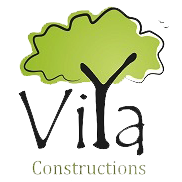

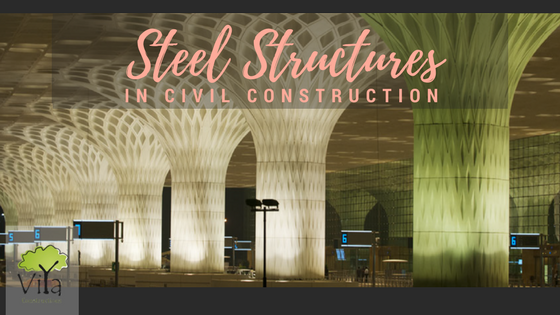
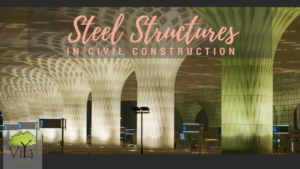
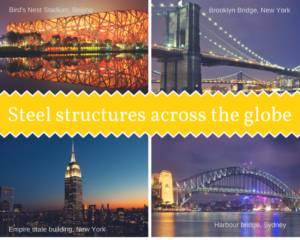
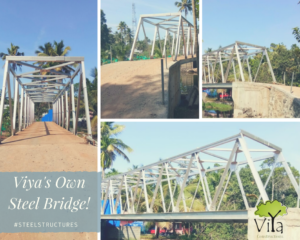

KMBR - Construction of Commercial Buildings in Kerala|Viya Constructions
[…] Read more on Steel Structures […]
Types of Steel in Construction in Kerala - Viya Constructions
[…] Steel is mostly used in foundations, roof slabs, columns and beams. Lintels, sunshades and staircases too need steel reinforcement. Window frames, Grill work, gazebos and hand rails also use steel, though recent trends prefer aluminium and other light weight materials. […]
ViyaCons
Thank you for your generous words.
Beena
Very informative and beautifully written
Karthiyaini
Very informative write up.construction using these points in mind can have far reaching effects.